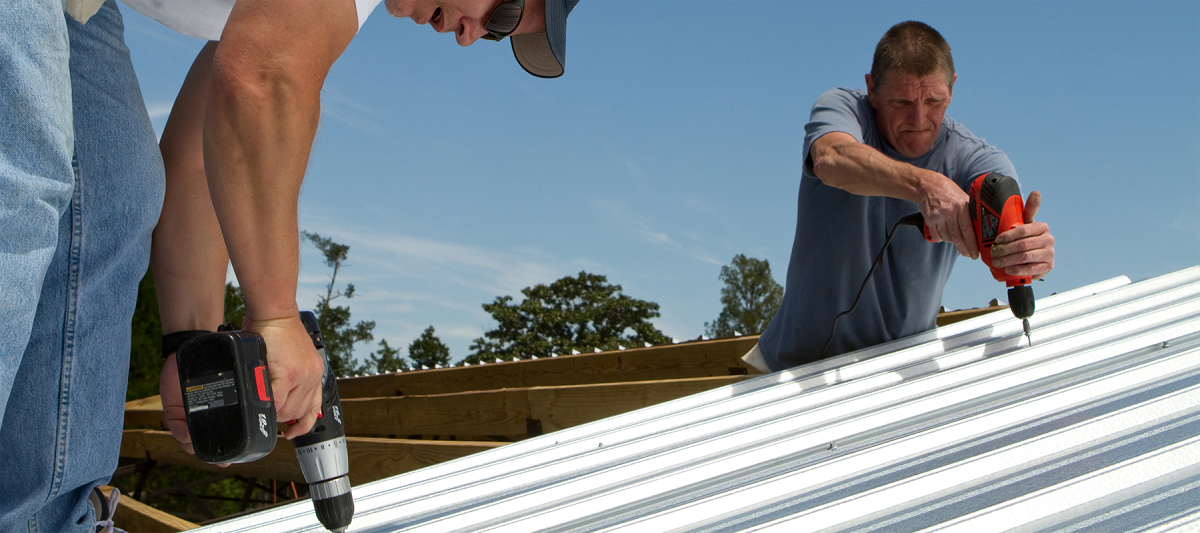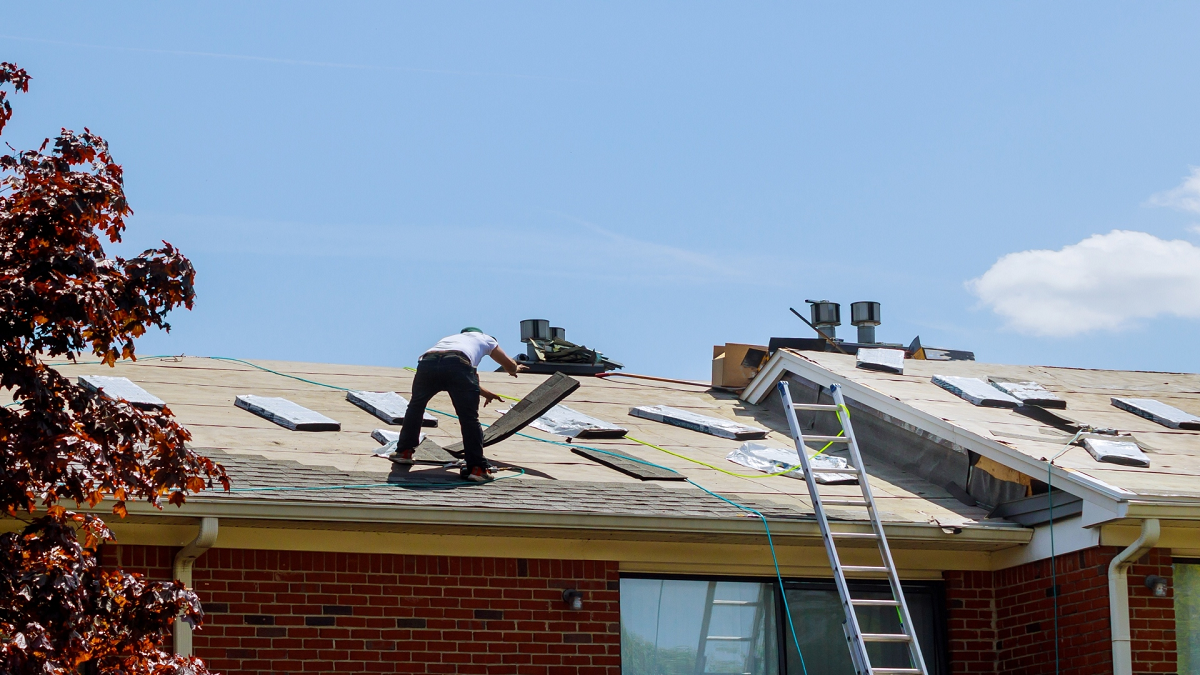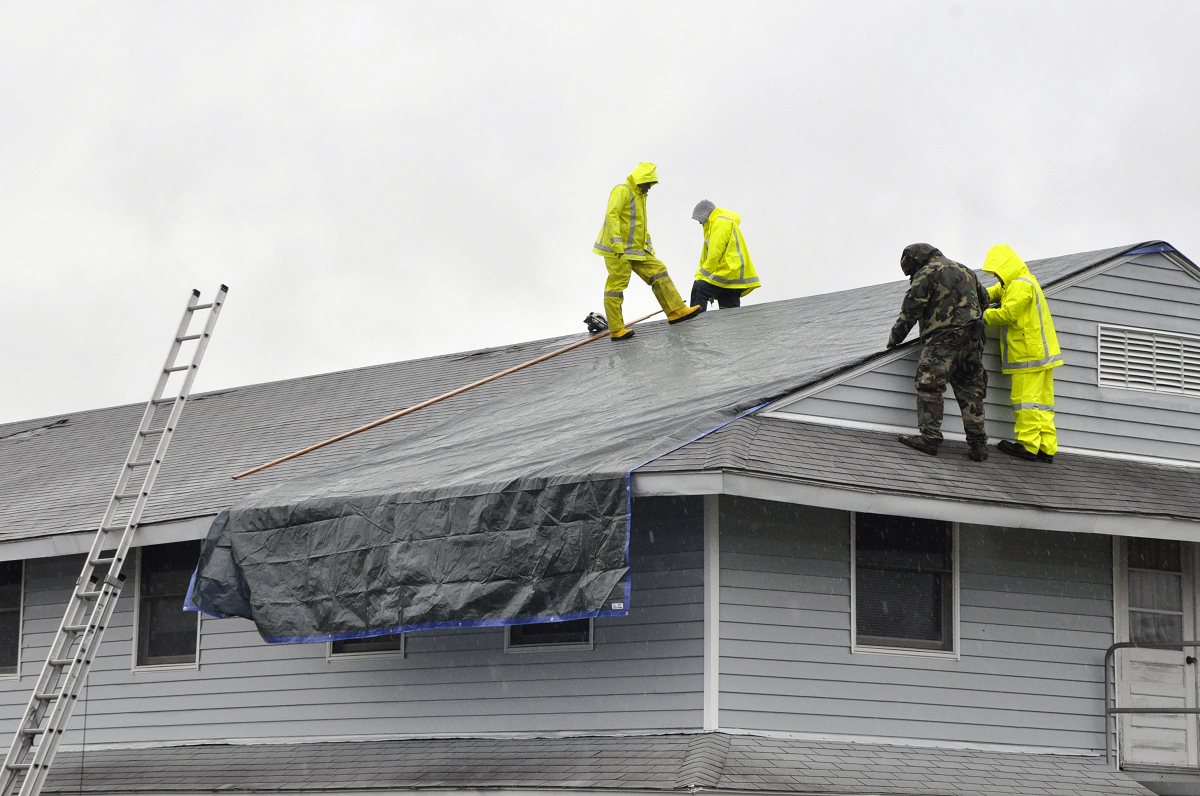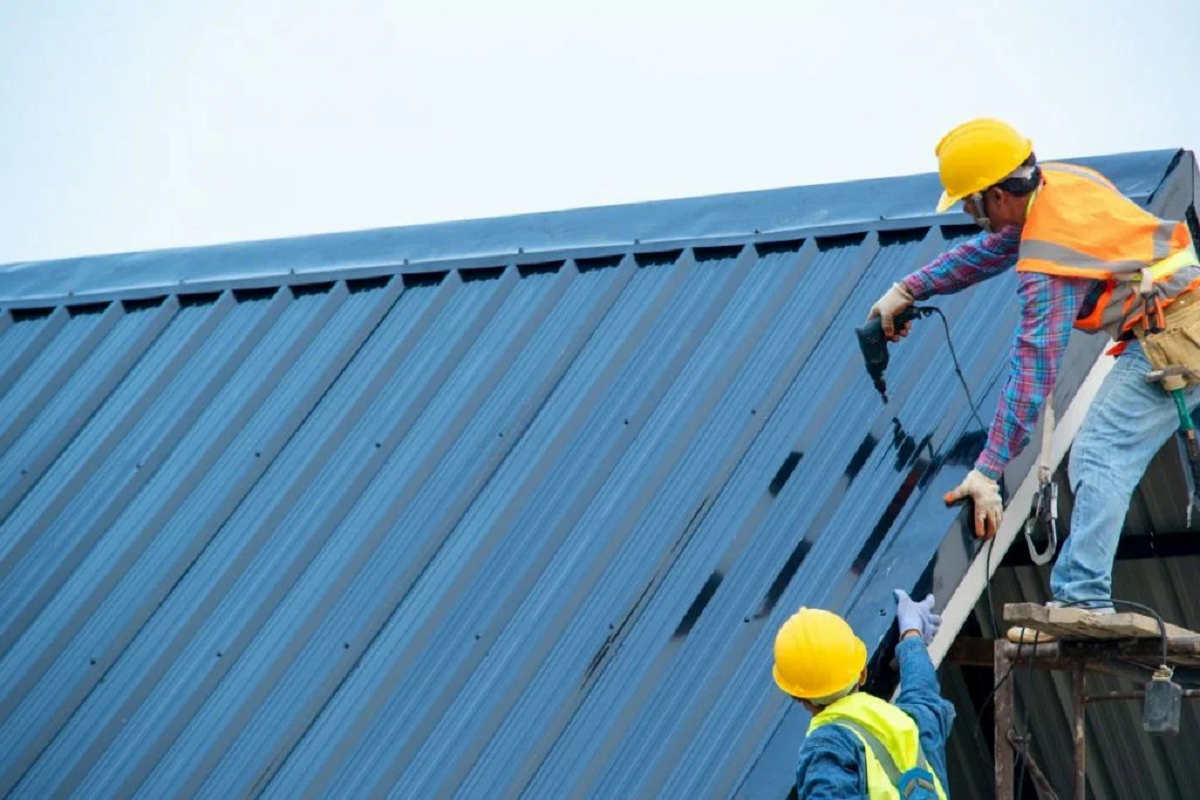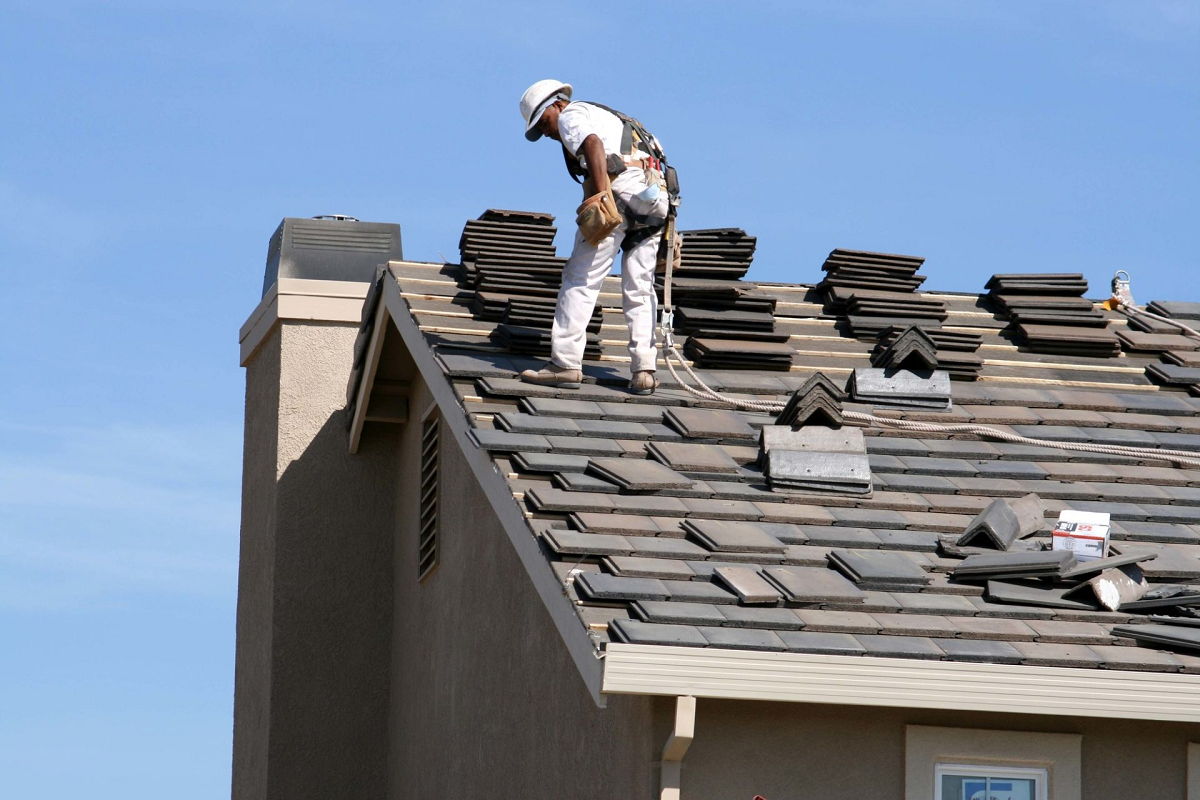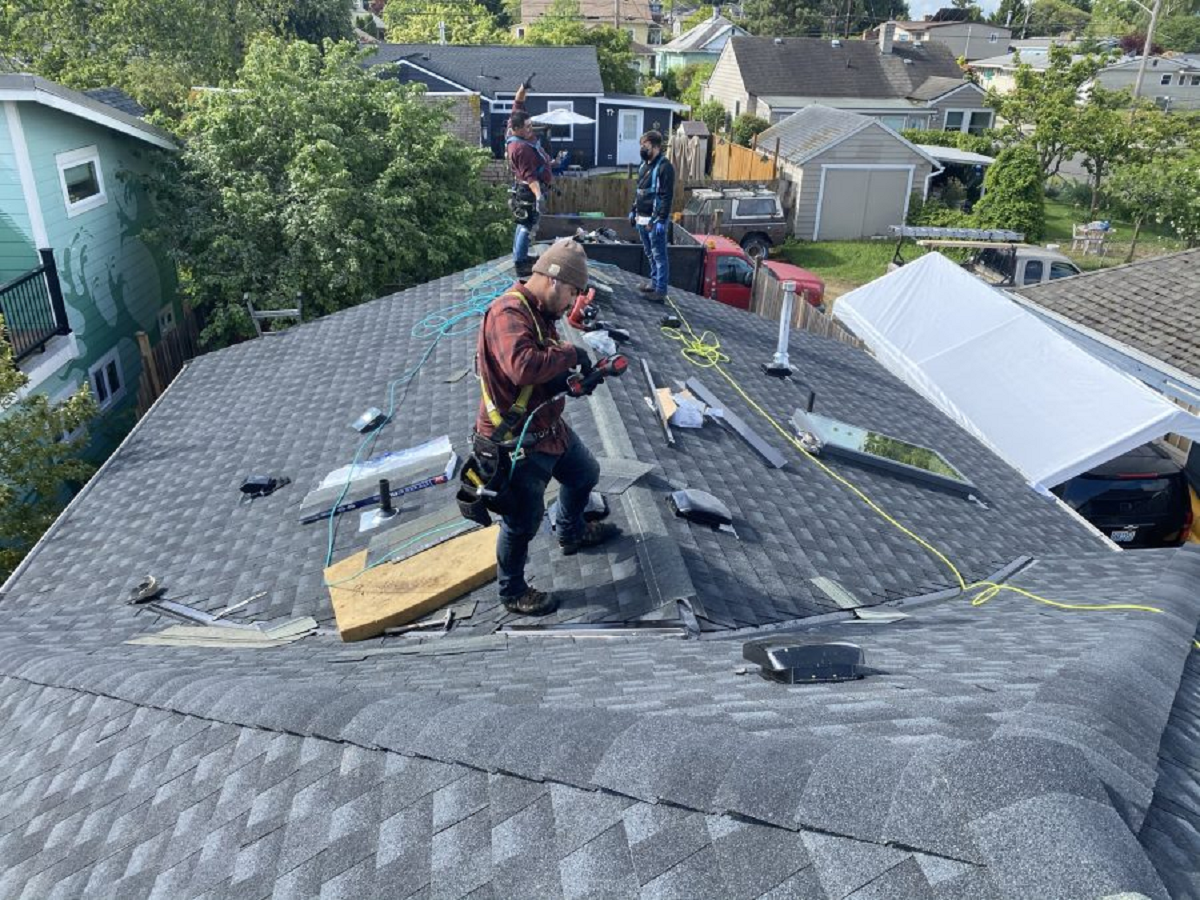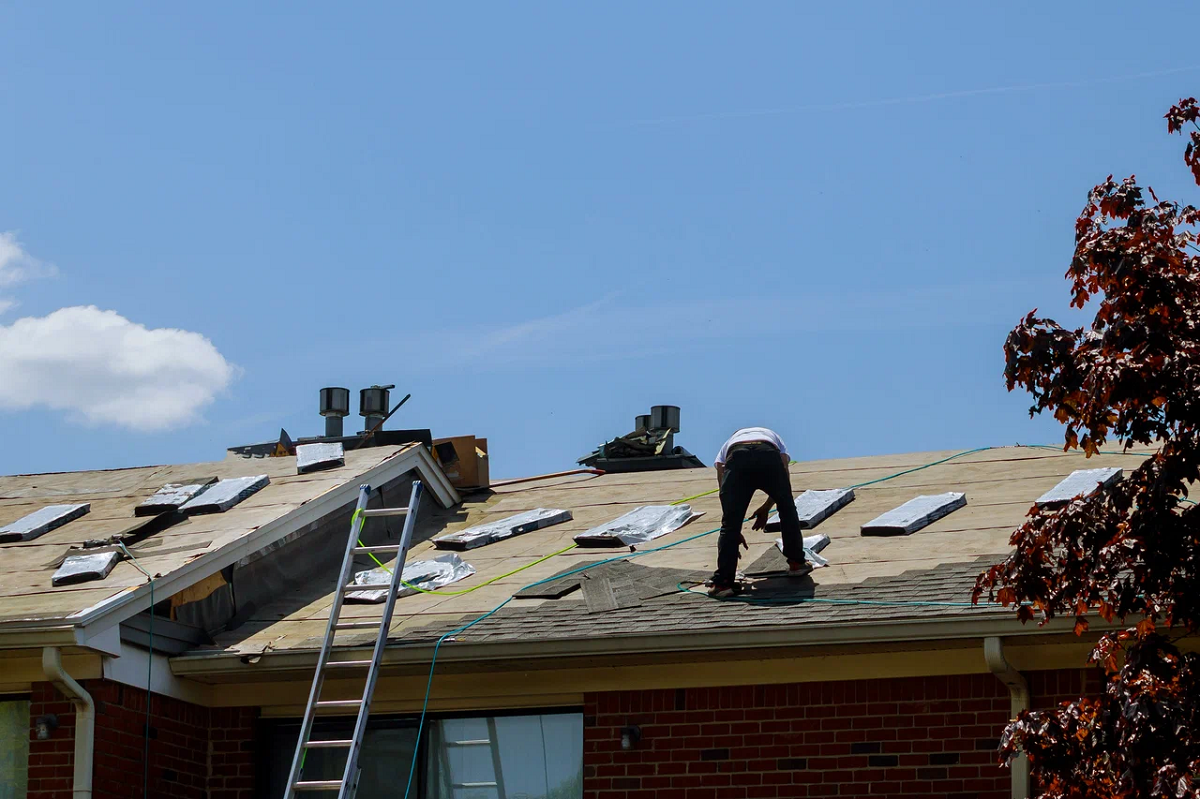Sustainable Roofing Solutions: Trends and Design Tips
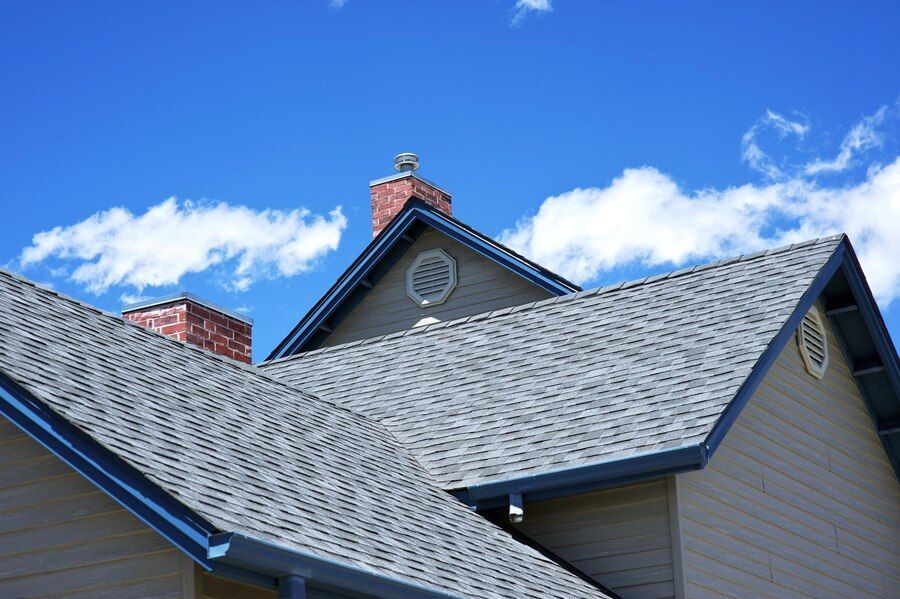
In the realm of architecture and home improvement, roofing plays a pivotal role both in functionality and aesthetic appeal. As homeowners increasingly prioritize sustainability, the demand for innovative roofing solutions that merge eco-friendliness with style has surged.
From urban rooftops to suburban homes, the evolution in roofing trends and designs reflects this shift towards sustainability. Architects and designers are embracing a variety of materials and techniques that not only enhance energy efficiency but also contribute positively to the environment.
Whether it's the integration of solar panel roofing systems or the use of recycled and locally sourced materials, the keyword Roofing Trends and Design encompasses a broad spectrum of creative approaches. These trends not only cater to the eco-conscious consumer but also cater to those seeking to enhance the curb appeal and value of their homes while reducing their carbon footprint.
Integration of Solar Roofing Technology
The integration of solar roofing technology represents a significant leap towards sustainable building practices. By embedding photovoltaic cells directly into roofing materials, such as solar shingles or tiles, homes can generate clean energy while maintaining aesthetic appeal. This technology not only reduces reliance on traditional energy sources but also contributes to lower utility bills and reduced carbon footprints.
Homeowners benefit from increased energy independence and potential savings over the long term, making solar roofs a smart investment in both environmental and financial terms. Innovations in solar technology continue to improve efficiency and affordability, driving broader adoption across residential and commercial sectors alike.
Use of Recycled and Upcycled Materials
The use of recycled and upcycled materials in roofing exemplifies the commitment to sustainability in construction. From reclaimed wood shakes to recycled metal roofing panels, these materials minimize environmental impact by diverting waste from landfills and reducing the need for virgin resources.
Beyond environmental benefits, recycled roofing materials often boast durability and unique aesthetic qualities, offering homeowners distinctive choices that align with eco-friendly values. Upcycled materials, such as repurposed tiles or reclaimed slate, not only preserve natural resources but also contribute to the character and charm of a building’s exterior.
As demand for sustainable building practices grows, the availability and variety of recycled roofing options continue to expand, catering to conscientious consumers seeking both style and environmental responsibility.
Green Roofing Systems Benefits and Implementation
Green roofing systems are innovative solutions that offer both environmental and practical benefits to buildings. By incorporating vegetation on rooftops, these systems contribute to sustainability efforts and enhance urban landscapes.
- Improved Air Quality: Green roofs act as natural air filters, reducing pollutants and particulate matter in urban environments, thereby improving overall air quality.
- Temperature Regulation: They help in regulating building temperatures by providing natural insulation, reducing the need for heating and cooling, and lowering energy costs.
- Stormwater Management: Green roofs absorb rainwater, reducing runoff and alleviating pressure on urban drainage systems during heavy rainfall events.
- Biodiversity Promotion: These roofs support local flora and fauna, creating habitats for birds, insects, and other wildlife species within urban settings.
- Extended Roof Lifespan: By protecting the roof membrane from UV radiation and extreme temperatures, green roofs can extend the lifespan of roofing materials.
Incorporating green roofing systems not only benefits the environment by reducing carbon emissions and improving biodiversity but also offers economic advantages through energy savings and extended roof durability.
Cool Roofs Enhancing Energy Efficiency
Cool roofs represent a proactive approach to improving energy efficiency and reducing carbon emissions in buildings. By reflecting sunlight and emitting absorbed solar radiation back into the atmosphere, cool roofs maintain lower surface temperatures compared to traditional roofs. This thermal management strategy reduces the need for air conditioning during hot weather, lowering indoor temperatures and energy consumption.
Cool roofing materials come in various forms, including reflective coatings, tiles, and membranes, each offering different levels of solar reflectance and thermal emittance. The benefits extend beyond energy savings to include enhanced indoor comfort, extended roof lifespan due to reduced thermal stress, and mitigation of urban heat island effects.
As global efforts intensify to combat climate change, cool roofs emerge as a practical solution to promote sustainable building practices and improve the resilience of urban environments against rising temperatures.
Natural Insulation Options for Sustainable Roofing
When considering sustainable roofing solutions, natural insulation options play a pivotal role in enhancing energy efficiency and environmental responsibility.
- Renewable and Sustainable Sourcing: Materials like wool and hemp are renewable resources, promoting long-term sustainability.
- Effective Thermal Performance: Natural insulators create a barrier against heat loss and gain, improving energy efficiency.
- Healthier Indoor Air Quality: Low VOC emissions from natural materials contribute to better air quality inside buildings.
- Longevity and Durability: Many natural insulation materials are inherently durable, requiring minimal maintenance over time.
- Contribution to Green Building Certifications: Using natural insulation can help achieve LEED and other sustainability certifications, recognizing environmental responsibility in construction.
Opting for natural insulation in roofing not only supports energy-efficient practices but also aligns with sustainable building standards, promoting a healthier environment both inside and outside the home.
Rainwater Harvesting Systems and Roof Design
Rainwater harvesting systems integrated into roof design offer a sustainable solution for water conservation and management. By capturing rainwater runoff from roofs through gutters and downspouts, this practice reduces reliance on municipal water supplies for irrigation, flushing toilets, and other non-potable uses.
Roof materials and design considerations, such as slope and drainage systems, play crucial roles in optimizing rainwater collection efficiency and preventing water contamination. Implementing rainwater harvesting systems not only conserves water resources but also helps mitigate urban flooding and erosion by controlling stormwater runoff.
As communities seek resilient water management strategies amidst climate uncertainties, integrating rainwater harvesting into roof design exemplifies proactive environmental stewardship and promotes sustainable living practices.
Durability and Longevity in Sustainable Roofing
When considering durability and longevity in sustainable roofing, selecting the right materials and practices is crucial. High-quality roofing materials such as metal, clay tiles, and composite shingles are known for their resilience against weather elements and prolonged lifespan.
- Metal roofing: Known for its durability against weather extremes and resistance to corrosion.
- Clay tiles: Offers longevity and aesthetic appeal, suitable for various architectural styles.
- Composite shingles: Provides durability with options that mimic natural materials like wood or slate.
- Proper installation: Ensures structural integrity and maximizes lifespan through professional expertise.
- Maintenance routines: Regular inspections and upkeep extend the longevity of roofing materials, preserving their efficiency and appearance.
Choosing durable and long-lasting roofing solutions not only enhances property value but also supports sustainable living by reducing environmental impact and resource consumption.
Local Sourcing Supporting Community and Environment
Local sourcing of roofing materials promotes community resilience and environmental sustainability by reducing transportation emissions and supporting regional economies. By sourcing materials such as wood, clay, and stone locally, builders and homeowners minimize the carbon footprint associated with long-distance transportation and contribute to the vitality of local industries.
Additionally, local sourcing fosters partnerships between builders, suppliers, and artisans, promoting craftsmanship and preserving cultural heritage through the use of indigenous materials and traditional building techniques.
Beyond economic benefits, local sourcing enhances project transparency and accountability, ensuring ethical labor practices and environmental stewardship throughout the supply chain. Embracing local sourcing as a guiding principle in sustainable roofing promotes holistic community development and strengthens connections between built environments and natural landscapes.
Designing for Climate Resilience
Designing roofs for climate resilience involves strategic planning and adaptation measures to mitigate risks posed by climate change, such as extreme weather events and temperature fluctuations.
Considerations include selecting roofing materials that withstand heat, wind, and moisture, as well as implementing structural enhancements to improve resistance against storms and seismic activity.
Integrating passive design strategies, such as natural ventilation and solar shading, optimizes energy efficiency and enhances indoor comfort in response to changing climate conditions. Climate-resilient roof designs also prioritize water management systems to mitigate flood risks and maintain water supply reliability during drought periods.
By anticipating and addressing climate impacts through thoughtful design and construction practices, resilient roofs contribute to community safety, economic stability, and environmental sustainability in a changing climate.
Certifications and Standards for Sustainable Roofing
Certifications and standards play a crucial role in verifying the sustainability and performance of roofing materials and systems. Leading certifications, such as LEED (Leadership in Energy and Environmental Design) and Energy Star, evaluate criteria such as energy efficiency, material sourcing, and environmental impact to ensure compliance with rigorous sustainability benchmarks.
By achieving certification, roofing products demonstrate their commitment to reducing greenhouse gas emissions, conserving natural resources, and promoting occupant health and well-being. Standards also provide guidance for proper installation practices and maintenance protocols to maximize the lifespan and performance of sustainable roofing systems.
As demand grows for environmentally responsible building practices, certifications and standards empower consumers and industry professionals to make informed decisions that support sustainable development goals and contribute to a greener built environment
Embracing sustainable roofing practices is not just a trend but a crucial step towards a greener and more resilient future. The integration of solar roofing technology offers homeowners a dual benefit of clean energy generation and long-term cost savings, reducing reliance on fossil fuels and minimizing carbon footprints. Similarly, using recycled and upcycled materials not only enhances environmental stewardship by reducing waste but also adds unique charm and durability to homes.
Green roofs contribute to urban sustainability by improving air quality and managing stormwater effectively, while cool roofs mitigate heat island effects and lower energy consumption. Natural insulation options ensure energy efficiency and indoor comfort, while rainwater harvesting systems promote water conservation and enhance community resilience.
By prioritizing durability, local sourcing, climate resilience design, and adherence to rigorous certifications, sustainable roofing practices support both environmental conservation and community well-being. For expert guidance on sustainable roofing solutions,
contact Avalon Roofing Services at (209) 380-1275 and join us in building a sustainable future, one roof at a time.
